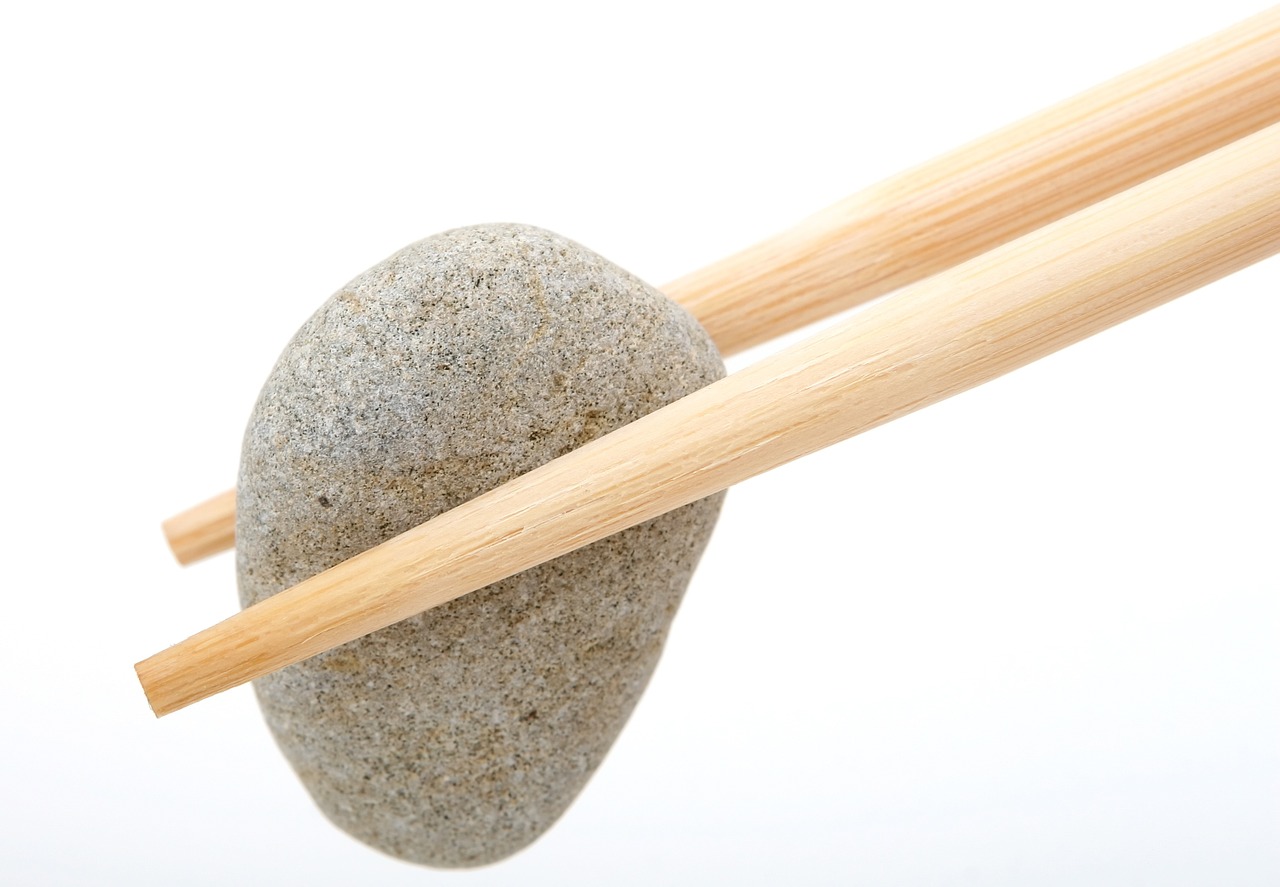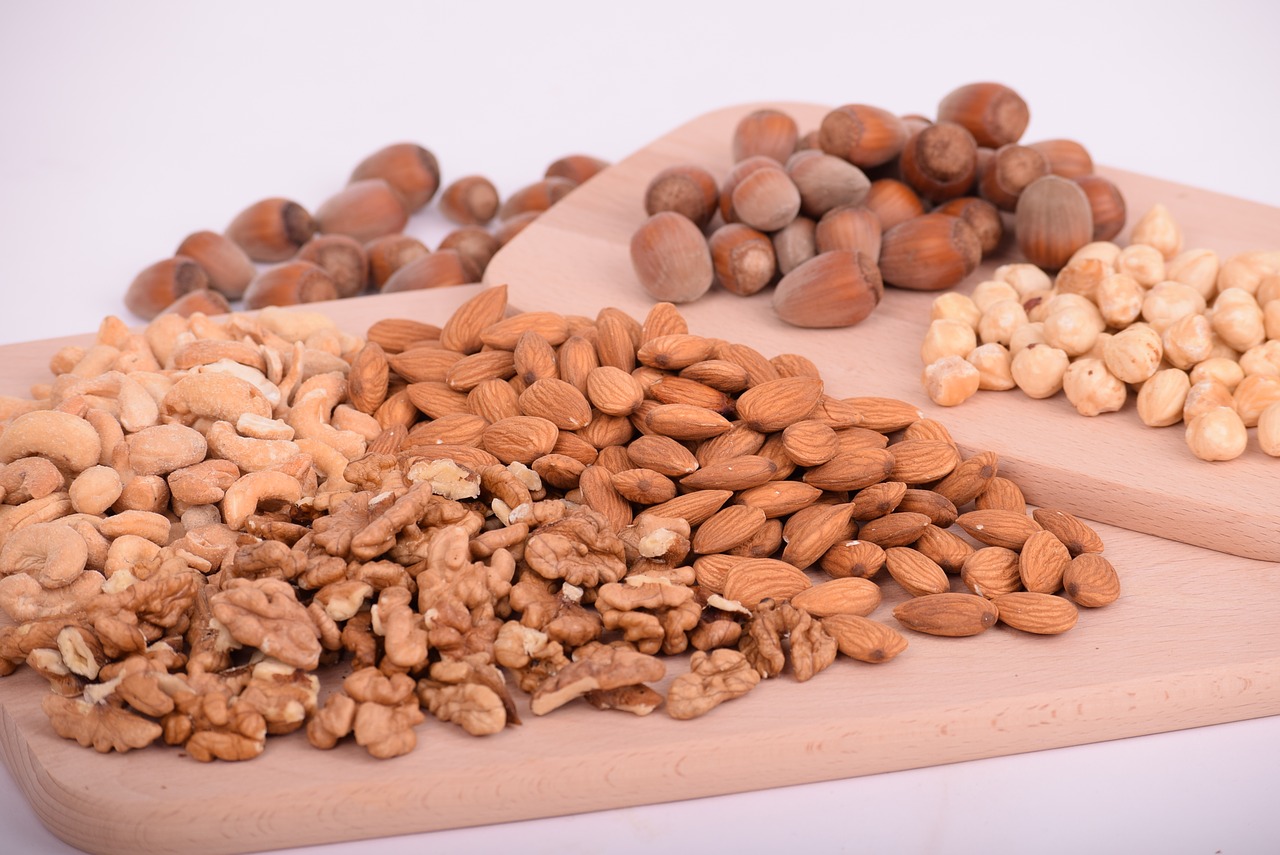
HOW MANY GRAMS OF FAT ARE THERE?
Fats. They frequently receive a negative reputation. Although they are not required for a healthy diet, they are, contrary to popular perception, beneficial.
Energy is stored in our bodies mostly as fat, which serves as the primary energy storage medium. They aid in the formation of cells, the protection of our key organs, the generation of hormones, and the transfer of essential vitamins and minerals in our bodies. Some fats, on the other hand, are better for you than others! Saturated fats are distinguished from unsaturated fats, which are classified as follows:
The NASM CNC Course includes a chapter on fats, which is Chapter 8. Take a look at the page by clicking on the link!
HOW MUCH FAT SHOULD YOU EAT PER DAY IN ORDER TO LOSE WEIGHT
When it comes to our nutrition, how much fat should we consume? Dietary fats should constitute between 20 and 35 percent of our total daily calorie intake, according to the Dietary Guidelines for Americans. 0.5-1g/kg of body weight in fat should be consumed per day by persons seeking to shed body fat in order to avoid essential fatty acid deficit.
For someone weighing 150lbs (68kg), this would translate to 34-68g of fat per day for someone of that weight.
If you’re looking for a simple tool to calculate body fat percentages, the NASM body fat percentage calculator is a good choice.
PERSONAL FAT REQUIREMENTS ON A DAILY BASIS
Individual fat requirements will differ and will be influenced primarily by body composition objectives and body types. For example, dietary fat recommendations for competitive athletes are slightly greater than those for non-competitive athletes in order to enhance health, maintain good hormone function, and maintain an appropriate energy balance. Athletes are typically advised to consume 30-50 percent of their overall daily energy intake.
DIETS WITH LOW FAT CONTENTS FOR WEIGHT LOSS
Low-fat diets (LFD) are defined as those in which fat intake should account for 20-35 percent of total fat intake, which is the exact USDA recommendation. Very low-fat diets (VLFDs), such as vegan and vegetarian diets, are described as those that provide 10-20 percent of total daily calorie intake from fat or fat substitute. However, only a little amount of study has been done on the efficacy of these diets in terms of achieving long-term fat reduction.
Keto diets consist of consuming 60-80% of one’s daily calories from fat and restricting carbohydrate consumption to less than 10% of one’s total daily calories intake. However, despite the fact that keto diets have been demonstrated to aid in weight loss and fat loss, research have revealed that the fundamental mechanism for weight loss is related to decreased hunger.
Because it is highly satiating, a high-fat diet can help to suppress hunger, resulting in a reduction in caloric consumption. Furthermore, numerous studies have demonstrated that calorically matched diets with comparable protein amounts are just as effective at promoting fat reduction as the ketogenic diet.
For further information on how to follow the Keto diet, see How to Follow the Keto Diet.
The two types of fats are saturated and unsaturated fats, respectively.
Saturated fats are those that are solid at normal temperature and have a high melting point. Margarine, butter, whole-fat dairy products, the fat marbling in meats, and coconut oil are all examples of high-fat foods. According to the American Heart Association, saturated fats should account for only 5-6 percent of total fat intake at any given time.
The equivalent of 13g of saturated fat would be consumed by someone who consumes 2,000 calories in a single day. It is not necessary to avoid saturated fats totally, but diets high in saturated fats can raise bad cholesterol and triglycerides, increasing the likelihood of developing heart disease in the future.
Unsaturated fats are those that are liquid at room temperature and do not contain any saturated fats. Olive, peanut, and canola oils are examples of such oils. Because they can lower harmful cholesterol levels, include high levels of antioxidants such as Vitamin E, and contain vital omega-3 and omega-6 fatty acids, we want to eat as much unsaturated fats as possible in our diet. As a rule, unsaturated fats are classified according to how many hydrogen bonds they include in their structure: either one (mono), two or more (poly) (poly).
FATS WITH MONOUNSATURATED AND POLYUNSATURATED CONTENTS EXAMPLES
Avocados, walnuts, and other nuts are examples of monounsaturated fatty acids.
olives olive oils olives olives olives
Plant oils such as safflower sunflower and sesame oil are the most abundant source of polyunsaturated fatty acids.
soybean
corn oils are a type of vegetable oil that is derived from corn.
Both types of fats contain the health benefits that are associated with unsaturated fats! View our list of foods high in healthy fats for further information and context!
Avoid trans fat if you want to lose weight quickly and effectively.
Trans fats are one type of fat that you should avoid at all costs in your diet. Trans fats are unsaturated lipids that have been converted artificially into saturated fats, and they raise the risk of heart disease and stroke by elevating bad cholesterol and decreasing good cholesterol levels in the bloodstream.
They have also been linked to an increased risk of acquiring type 2 diabetes in certain studies. Shortening, fried foods, frozen baked goods such as pizza, non-dairy coffee creamers, and shortening are the most prevalent sources of trans fats.
Trans fats should be avoided if you are attempting to lose weight quickly.
THE FINAL VERDICT
So, what is the most important thing to remember about fats? Fats, on the other hand, are necessary for a healthy diet. The amount to include in your diet and what has been demonstrated to be most effective in aiding in long-term weight loss is 20-35 percent of total energy consumption, with lower values closer to 20 percent being more helpful in decreasing body fat and maintaining weight loss.
While other diets, such as very low-fat diets and ketogenic diets, can aid in fat loss, maintaining these diets over the long run may prove problematic









